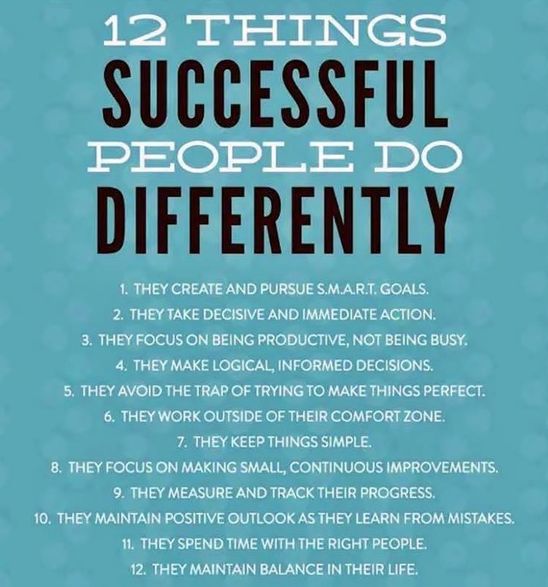Guest Writer: Chad Marcus Smith
In the vast landscape of our minds lies an intricate web of thoughts, ideas, and whimsical musings waiting to be explored. Often, it’s the unexpected, the random, and the unconventional ideas that pave the way for our most creative endeavors. And through it all, such as they are, these ribbons of randomness pulsing through our brains can be the intellectual lightning storm,of innovation new ideas or leading us down imaginative paths we never knew existed.
Photo by Steph Wilson @stephwill
Our minds are fascinating realms where chaos and creativity collide. Sometimes, in the midst of our daily routines, a random thought emerges - an idea that seems to come out of nowhere. It could be an unusual combination of words, a peculiar image, or a quirky scenario playing out in our heads. These seemingly inconsequential thoughts are the raw materials of creativity.
Embracing Playfulness
Embracing these random thoughts often requires a dash of playfulness. It’s about letting go of the constraints of practicality and allowing ourselves to revel in the joy of imagination. Engaging in creative play, such as doodling aimlessly, engaging in word associations, or daydreaming, can provide fertile ground for these spontaneous bursts of creativity.
Cultivating Creativity
To nurture these random creative thoughts, creating an environment that encourages exploration is key. Surrounding oneself with diverse experiences, exposing oneself to new art forms, literature, music, or even engaging in unconventional activities, can stimulate the mind and encourage unconventional thinking.
Turning Quirkiness into Innovation
Many groundbreaking ideas have originated from seemingly bizarre or unrelated thoughts. Take, for instance, the story of the Post-it note, born out of a failed attempt at developing a super-strong adhesive. Embracing the randomness of creative thoughts can lead to unexpected breakthroughs and innovative solutions.
Photo by Ian Schneider @goian






















